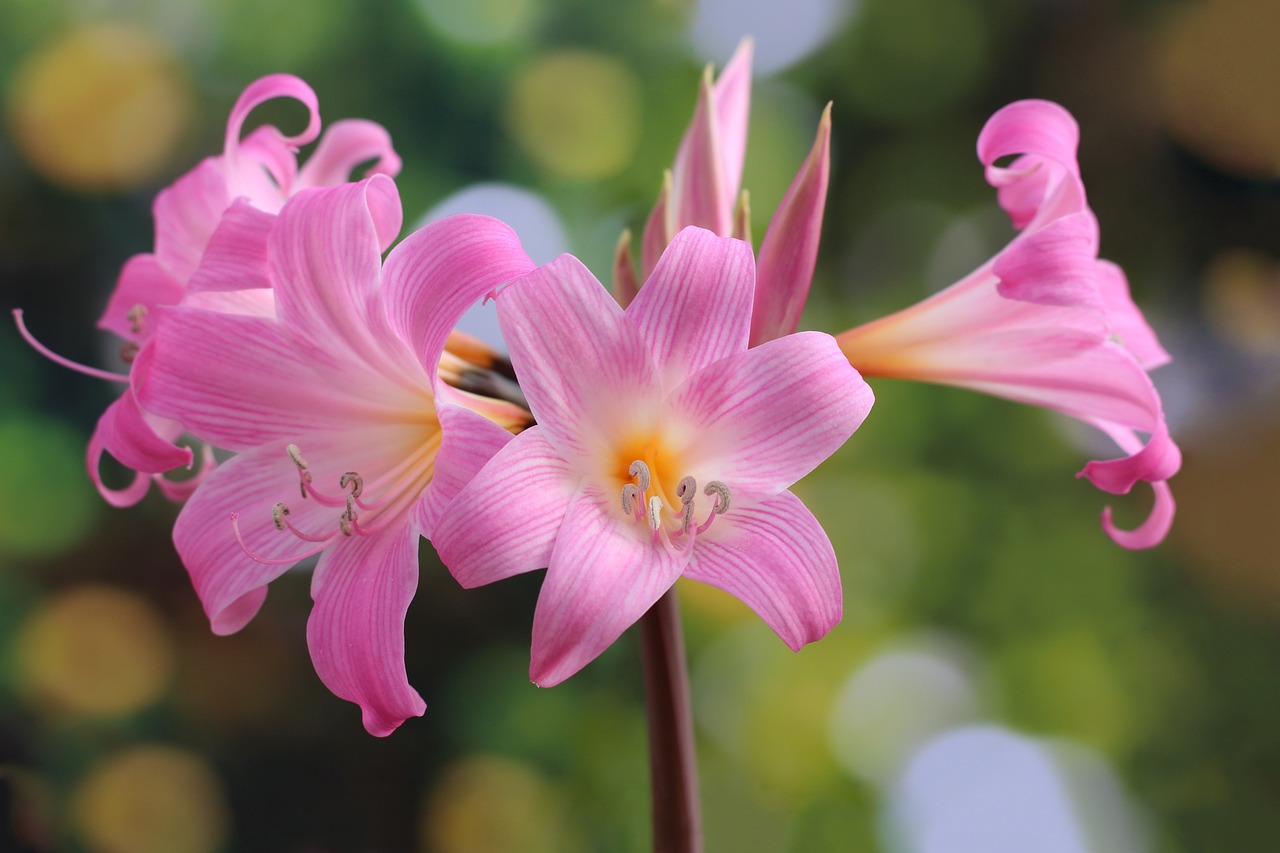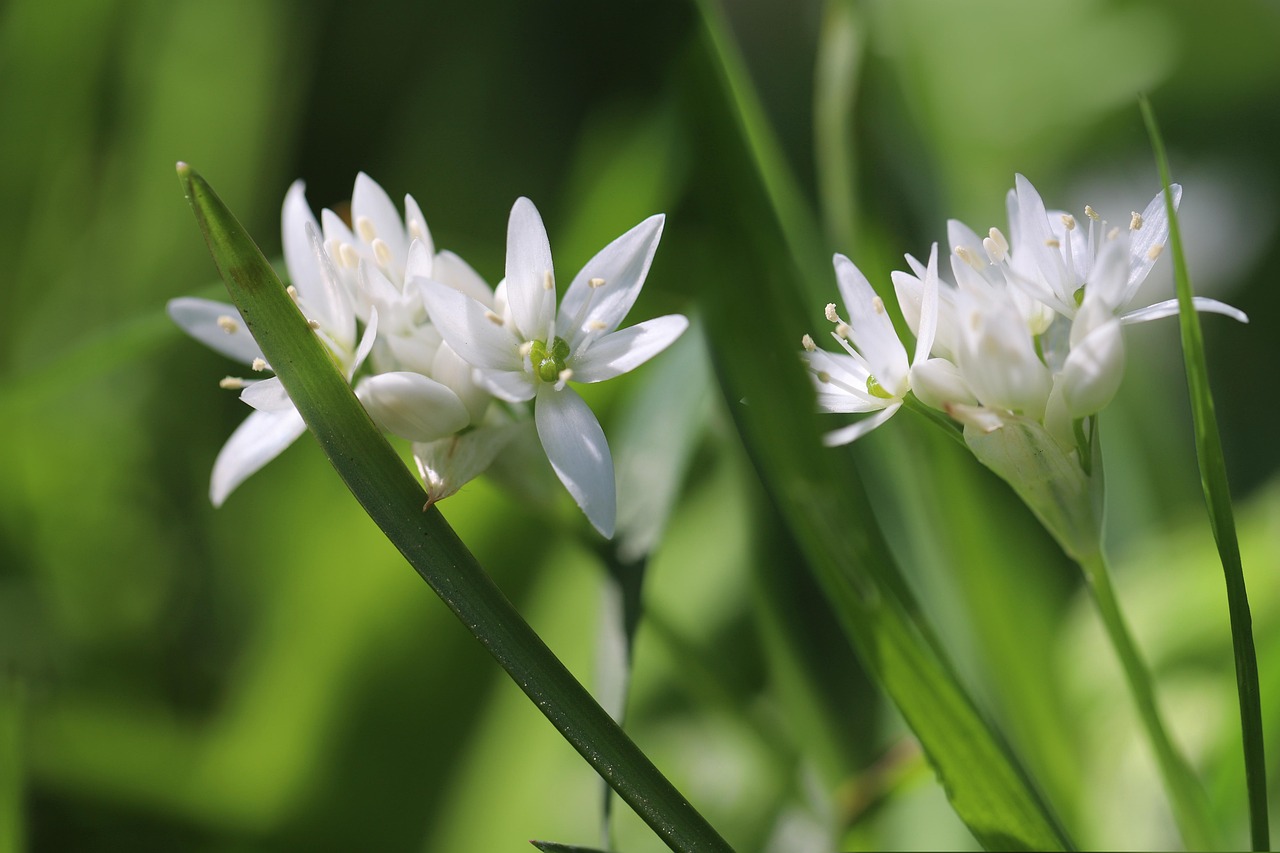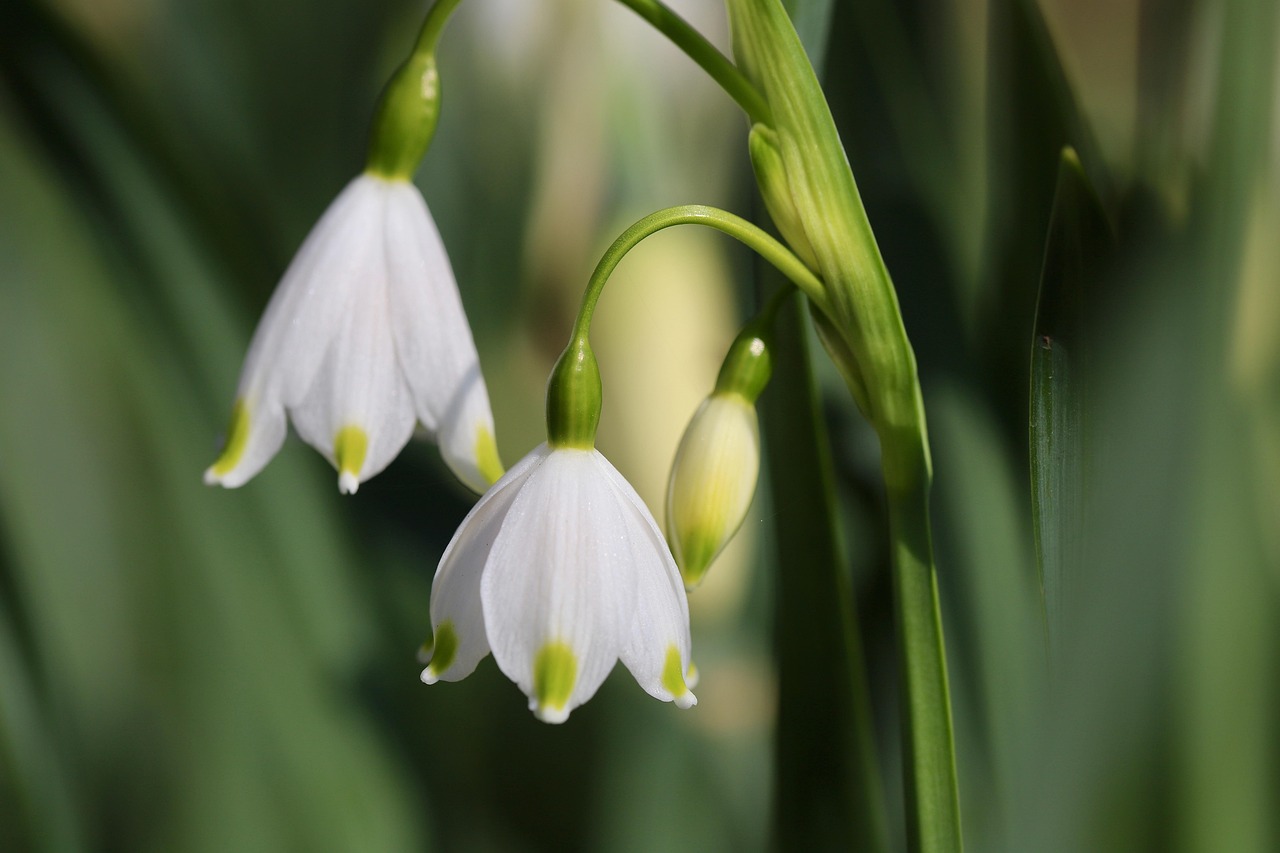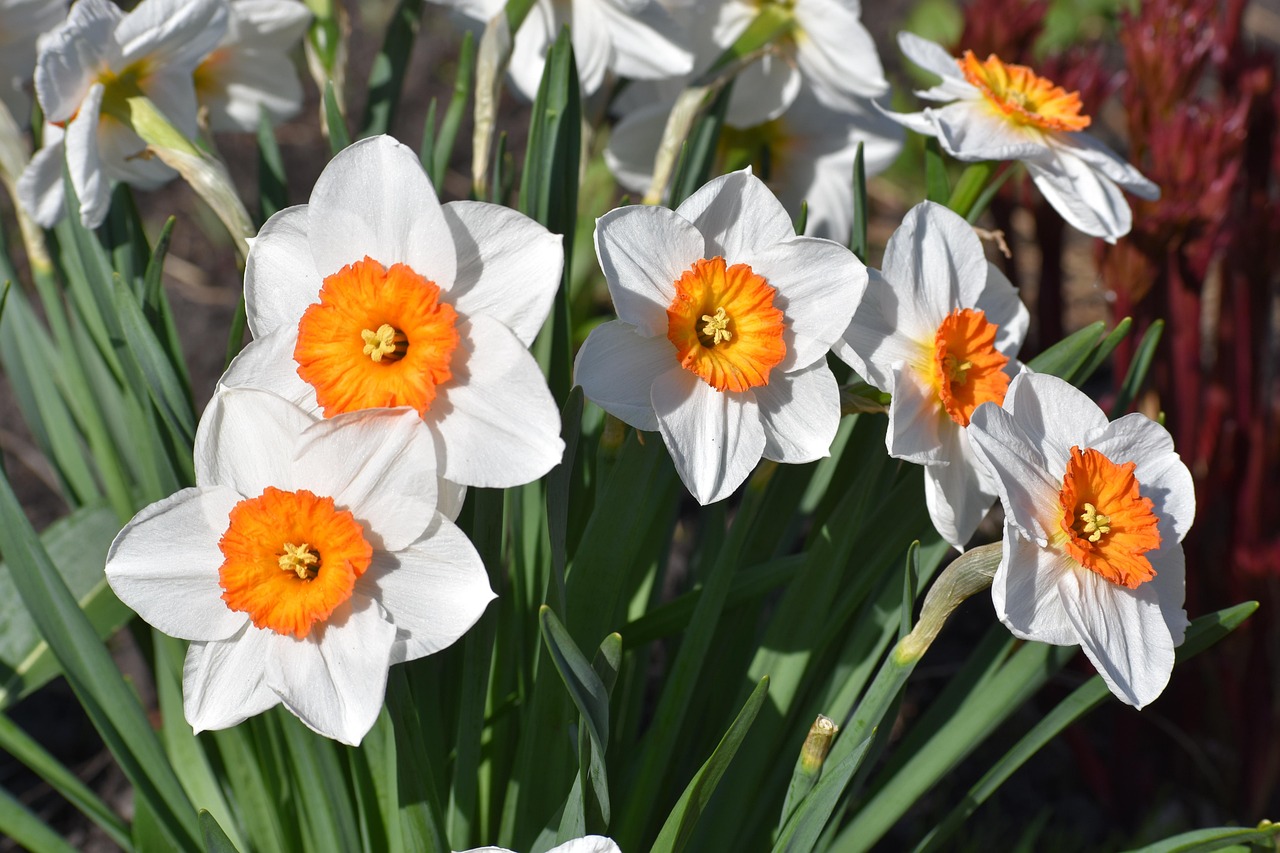Snowdrop | A Beloved Flower of British Gardens, Herald of the Thaw
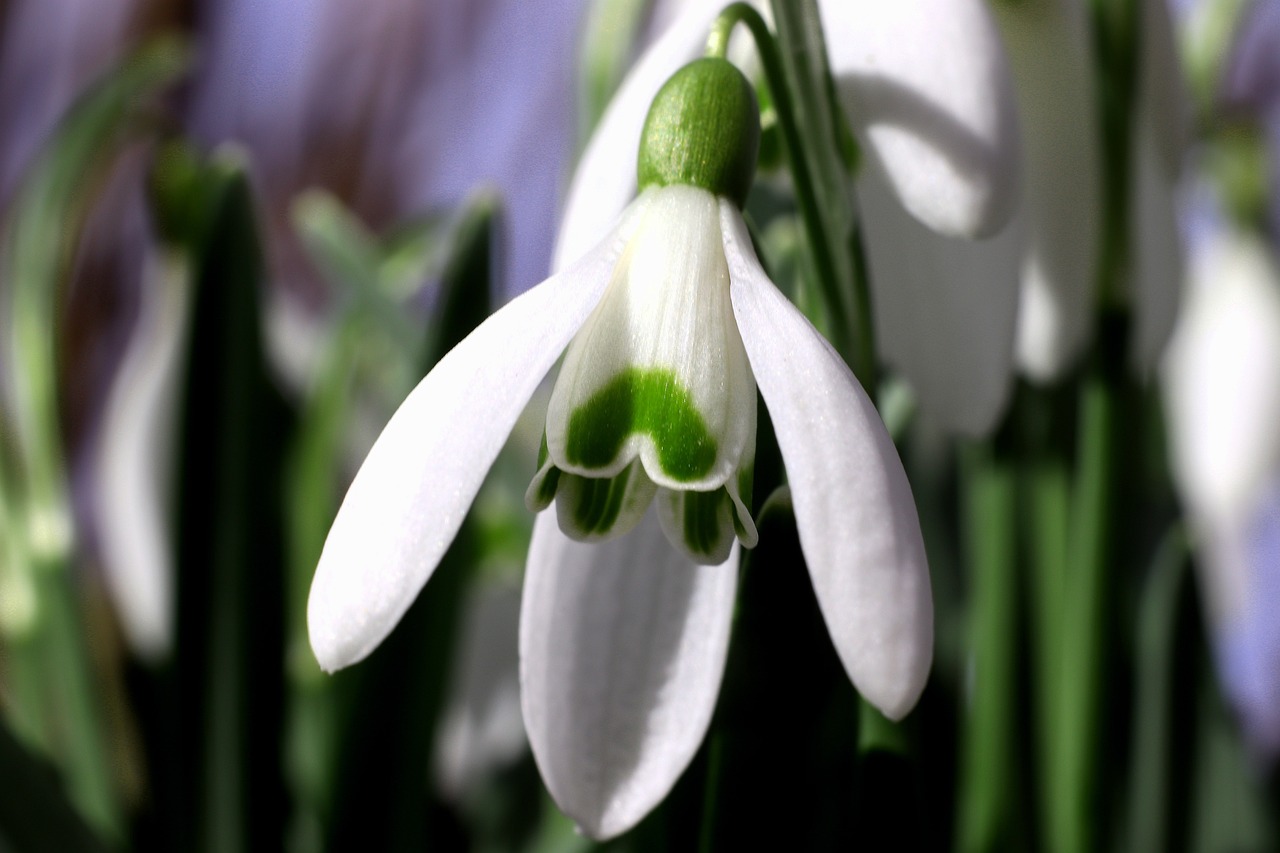
The snowdrop is an early spring flower that emerges with pure white petals as the snow begins to melt. It is highly resistant to the cold and is appreciated as a plant that brings a natural atmosphere to gardens and parks.
In this article, I explain in detail the basic information, cultural and historical background, and key points for growing snowdrops.
Basic Information
- Scientific name: Galanthus
- Family: Amaryllidaceae
- Origin: Europe, Western Asia
- Appearance: The snowdrop is a perennial about 10–20 cm tall. Delicate white flowers bloom facing downward between slender leaves. The petals often have green markings at their tips, giving the plant an elegant and refined impression.
- Blooming season: From January to March. In colder regions, snowdrops may sprout even through the snow.
Cultural Significance Around the World
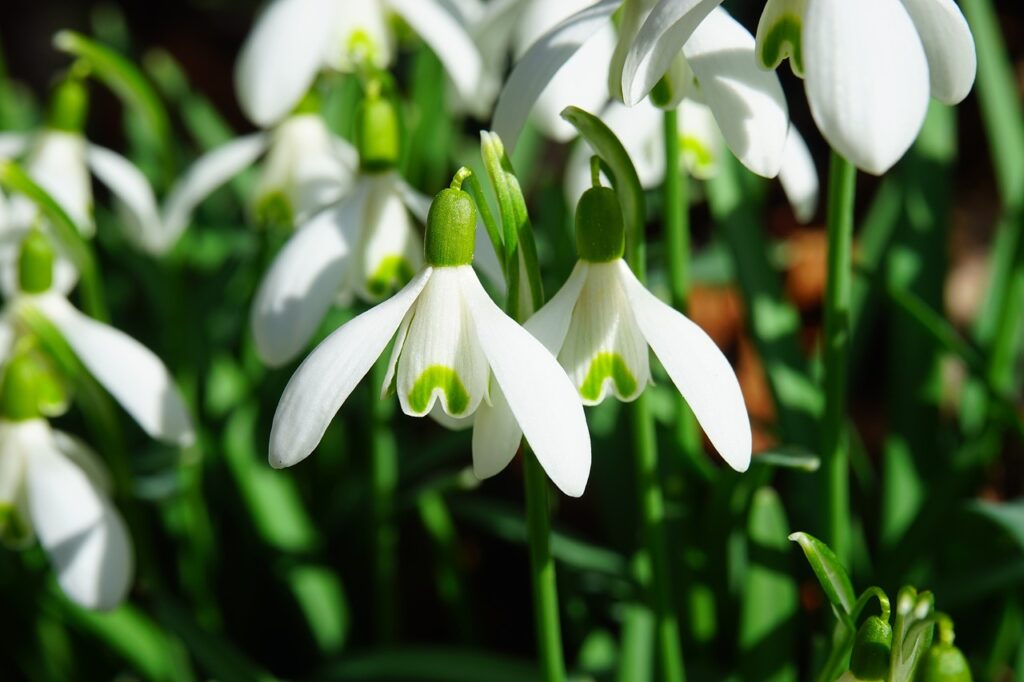
The snowdrop is cherished throughout Europe as a flower that announces the arrival of spring.
In the United Kingdom, as its name suggests, the “Snowdrop” is regarded as a herald of winter’s end and is widely incorporated into garden designs.
In France, it is called perce-neige (“the one who pierces the snow”), symbolizing strength and resilience in the midst of cold.
In Eastern Europe, it is considered a flower of hope. In Bulgaria’s spring festival “Martenitsa,” snowdrops are given alongside red-and-white ornaments as symbols of spring.
In Russia, the flower appears in poetry and literature, often representing purity and renewal.
Historical Episodes
Snowdrops were already known in ancient Greece and Rome, appearing in myths and legends.
During the Victorian era in Britain, its delicate beauty inspired literature and painting, and it came to symbolize the transition from winter to spring.
In Greek mythology, one of the first flowers Persephone saw upon returning from the underworld was said to be a snowdrop.
In the 17th century, the plant spread as an ornamental species in Britain and France.
By the 18th century, it was cultivated in aristocratic gardens.
Gardening Advice
The snowdrop is a hardy, easy-to-grow bulbous plant. With the right environment, you can enjoy its beautiful flowers year after year.
Sunlight
Prefers partial shade to full sun. Ideal under deciduous trees where sufficient winter light is available.
Watering
During the growing season (autumn to spring), keep the soil moist but not waterlogged. Reduce watering during summer dormancy.
Soil
Choose fertile, well-drained soil enriched with compost. Good drainage is essential to prevent excessive moisture.
Fertilizer
Apply a slow-release fertilizer before flowering for better blooms. Avoid fertilizing during dormancy.
Planting
Plant bulbs in autumn (September–November) at a depth of 5–8 cm. Plant in clusters for a natural look.
Propagation
Division is possible. Uplift bulbs before the leaves wither, divide moderately, and replant.
Conclusion
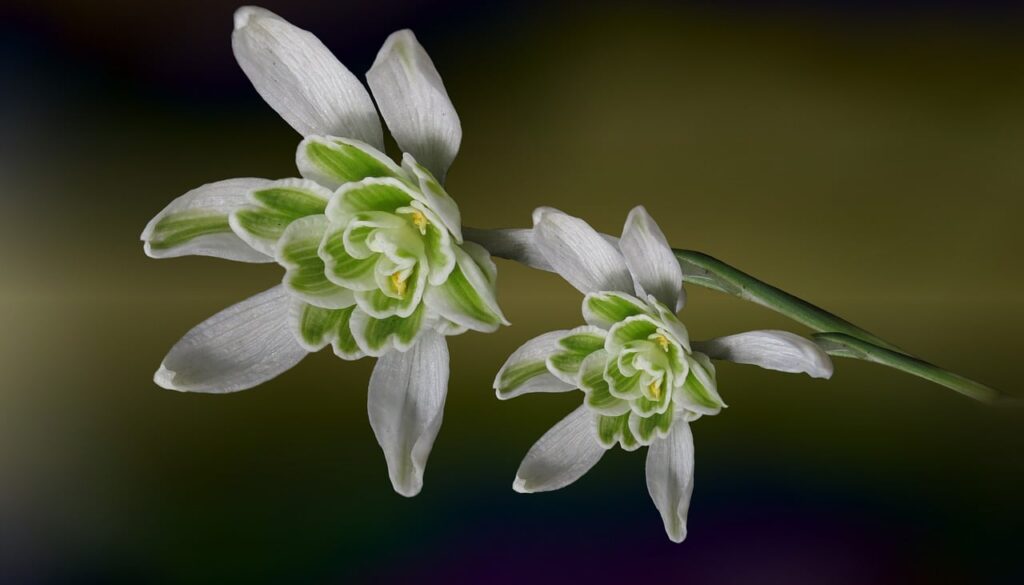
The snowdrop is a graceful flower that announces the end of winter and brings the joy of spring to gardens and parks.
Loved across Europe as a symbol of hope and purity, it has a rich cultural and historical presence.
Thanks to its cold resistance and ease of cultivation, even beginners can enjoy growing it in gardens or pots.
Because it blooms early, combining snowdrops with other spring flowers enriches the seasonal transition.


